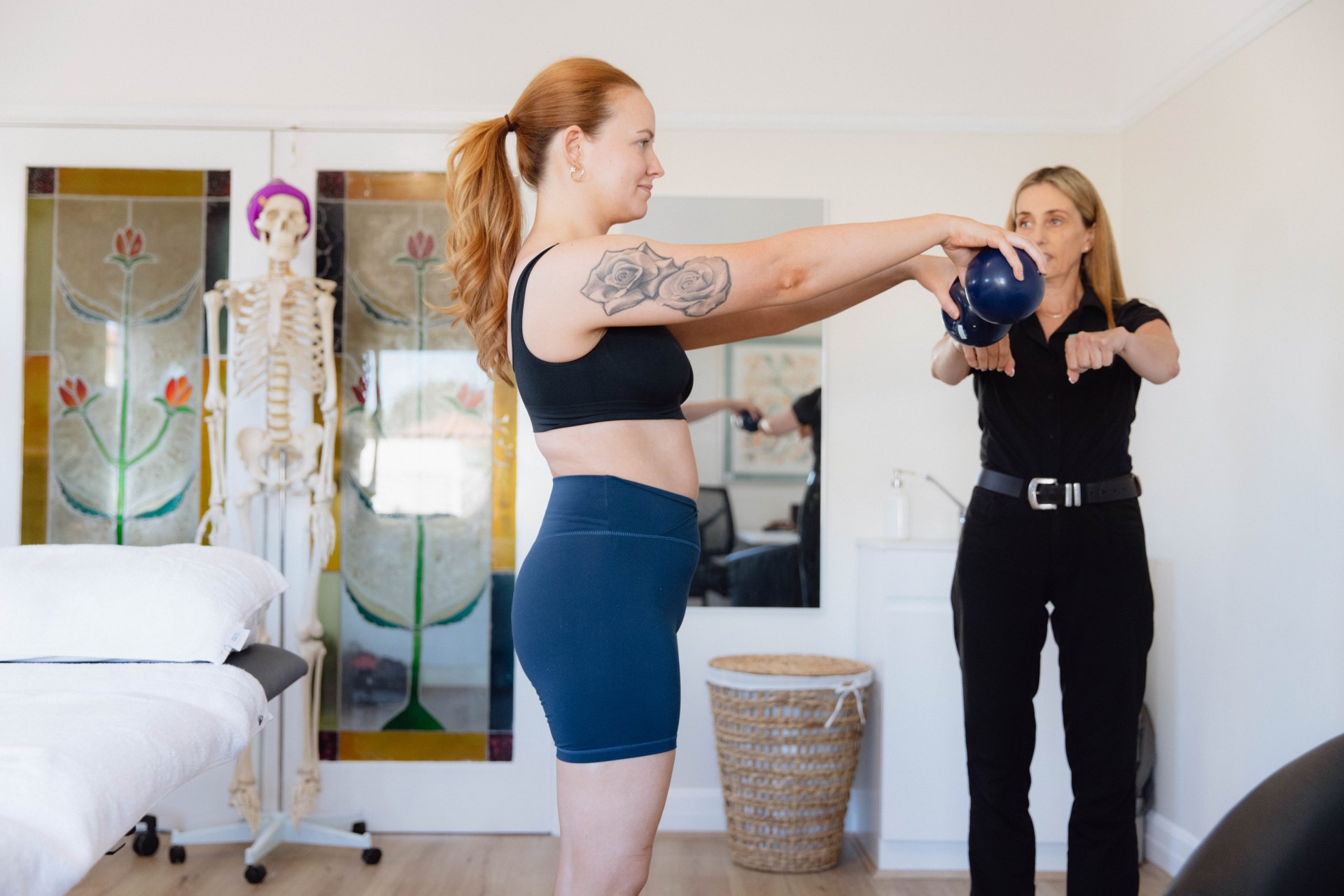Sports Injuries

How Do Osteopaths Treat Sports-Related Injuries?
Sporting injuries are unfortunate for most people involved in social or professional sports. Whether it be a tweaked hamstring from social touch footy or a strained lower back from overuse on the golf course, we all have experienced or know someone with a sporting injury.
Sports are also a great way to stay active, relieve stress, and enjoy yourself. But injuries can happen to anyone—even the most experienced athletes. If you’ve been injured in sports, it’s important to seek treatment from an osteopath who understands how your body works during activity and can help you recover quickly and completely. In this article, we’ll learn about how osteopaths treat sports injuries.
How Are Sports Injuries Classified?
It’s important to know what kind of injury you’ve sustained to get a sports injury diagnosis and treatment plan. Your osteopath will be able to determine this based on their examination and may recommend an X-ray or MRI scan if necessary.
There are two common types of sports injuries: acute trauma (or traumatic) injuries and overuse injuries.
Acute Trauma Sports Injuries
Acute traumatic injuries are always possible in sports, ranging from a lightly sprained ankle to a broken bone. Traumatic injuries often require imaging to identify exactly what structures have sustained damage and how much damage has been sustained.
It is incredibly important to know exactly what the injury is to ensure the best treatment and rehabilitation are implemented and to avoid any ongoing psychological fear avoidance that may develop due to the injury.
Overuse Sports Injuries
Overuse injuries are harder to identify when compared to traumatic injuries due to their onset typically being gradual and not associated with one specific action or accident.
Overuse injuries are far more common than people think and are often not taken as seriously as traumatic injuries. At Twin Rivers Osteopathy we diagnose the exact injury to ensure that the correct rehabilitation is implemented and communicated.
There is a Big Difference between being Pain Free and being Ready to Return to Sport
Stages of Treatment for Sports Injuries
Diagnosis and pain management
When a sporting injury presents to us at Twin Rivers Osteopathy we initially have two main priorities:
1. Identifying what has happened as quickly as possible and; making sure that the person is as comfortable as possible and the pain associated with the injury is under control. The early stage of treatment and management is very similar for most injuries, so whilst we get imaging to confirm the extent of damage, most advice and treatment will be geared towards the pain and disability you’re experiencing. After all, no one wants to be in pain, especially more pain than necessary.
2. Tissue healing and maintaining movement. Once the severe pain has settled and we have a definitive diagnosis, treatment and advice will shift towards ensuring we are helping the body heal as quickly as possible.
All injuries will take time to heal, and our job is to make sure that during that time, a few things happen:
♦ The area of healing stays moving freely so that full recovery can occur
♦ Compensatory strains throughout the body don’t cause secondary sources of pain
♦ The injury is communicated clearly and honestly so that there isn’t any unnecessary fear that will occur and last far after the injury has fully healed
Rehabilitation of strength, balance and function necessary for a return to sport
Rehabilitation does not stop when the damaged tissue has fully healed. The function of our body requires all of our tissues to work together in a balanced, controlled and strong system to ensure the best performance and, importantly, decrease the chance of future injury.
Our practitioner at Twin Rivers Osteopathy will work with you to gain an in-depth understanding of the demands of the sport on your body and what is necessary to get your body ready for a safe return to full activity.
How do osteopaths treat sports injuries?
Osteopaths have a wide range of treatment options for sports injuries. They may use massage, exercise, and manipulation, for example. They can also use other techniques, such as spinal manipulation.
Anyone who has had a sports injury knows how painful it can be, so it is important to get treatment quickly. This will help you avoid further injury and allow you to return to sport or activity quicker than normal.
Osteopaths can help you learn how to avoid future sports injuries
Osteopaths can also help you learn how to avoid future sports injuries by educating you on proper stretching techniques and the right way to use your body. They may also recommend specific exercises that are designed to strengthen certain muscles.
Osteopaths can teach you how physical activity affects your body
Being an athlete can be a rewarding experience, but you need to be aware of the risks involved. Every time you perform physical activity, your body takes on the stress of that movement. This can cause injuries if the muscles and bones are not adequately prepared for those movements.
Osteopaths can teach you how physical activity affects your body by explaining what happens when someone suffers from overstretching, overcompensation, or overuse injuries. You’ll learn about how these conditions occur and what steps can be taken to prevent them from happening again in future workouts or competitions.
Osteopaths can help you learn how to avoid future sports injuries
Osteopaths can also help you learn how to avoid future sports injuries by educating you on proper stretching techniques and the right way to use your body. They may also recommend specific exercises that are designed to strengthen certain muscles.
Osteopaths can teach you how physical activity affects your body
Being an athlete can be a rewarding experience, but you need to be aware of the risks involved. Every time you perform physical activity, your body takes on the stress of that movement. This can cause injuries if the muscles and bones are not adequately prepared for those movements.
Osteopaths can teach you how physical activity affects your body by explaining what happens when someone suffers from overstretching, overcompensation, or overuse injuries. You’ll learn about how these conditions occur and what steps can be taken to prevent them from happening again in future workouts or competitions.
How do you overcome your fear of injury in sports?
Be confident in your body. If you’re too scared to try new things or do something risky, you’ll never be able to push past your limits and excel at sports.
Know your limits. While knowing how far your body can take you is important, it’s equally important not to go beyond those limits or risk injury when trying something new—especially if you’ve never done that activity before!
Don’t overtrain/undertrain: Make sure that whenever attempting a new exercise routine (whether it be lifting weights or running laps around the track), start slowly and gradually increase intensity over time as well as the duration of time spent doing those particular exercises until they become easier than they were before without increasing risk of injury while still achieving desired results from each exercise session.
Does health insurance cover sports injuries?
The short answer is yes. When it comes to musculoskeletal problems, including sports injuries, physical therapy is typically covered by health insurance. However, checking with your provider before making an appointment is important. Some policies may have restrictions on how much they will pay per year or even per visit.
We are ready when you are
Twin Rivers Osteopathy offers a wide range of Osteopathic services & treatments covering back pain, neck pain, shoulder pain, knee pain, headaches, upper back pain, sports injuries, work-related injuries and ergonomic assessment.
